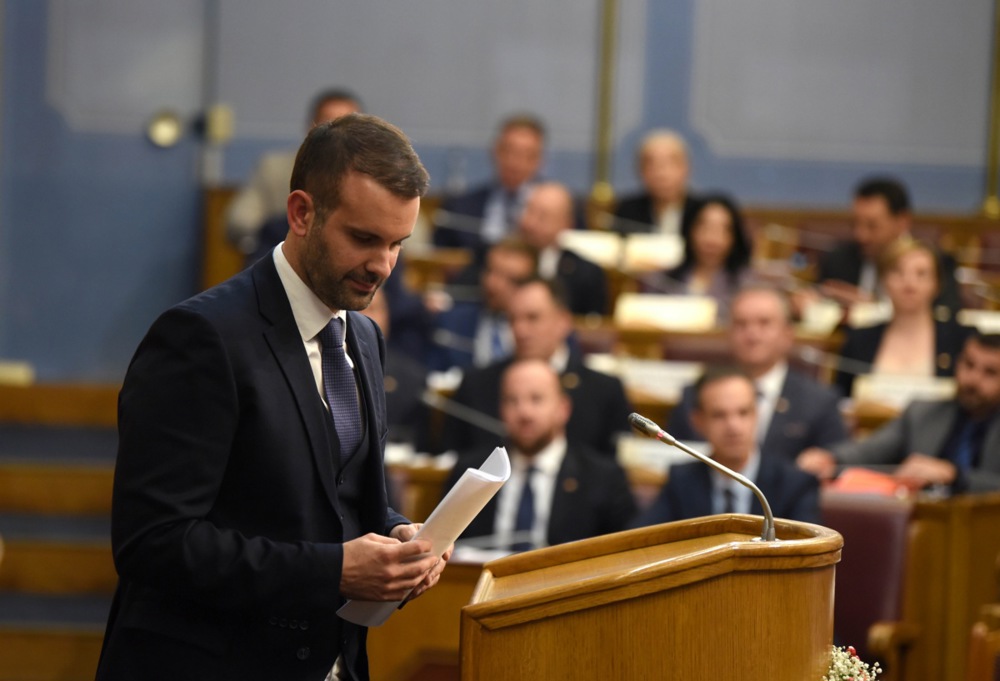Norway has secured a parliamentary majority to start commercial deep-sea mining across a swathe of the Arctic seabed – where Russia contends it also has rights.
Oslo may be thinking Moscow’s distractions in Ukraine will give it an opportunity to push ahead in the region, experts suggest.
Norway is now poised to become the first country to attempt deep-sea mining on a commercial scale there for minerals needed for products such as electric-vehicle batteries and other high-tech applications.
Oslo is in a long-running dispute with Moscow over natural resources and fishing rights in the region.
Norway’s Government “is rushing this now, as there’s so much turmoil with Russia’s invasion of Ukraine that this will pass ‘unnoticed’,” Birgit Liodden, founder of The Ocean Opportunity Lab, an investment platform, and chair of zero-carbon copper, nickel and cobalt mining company Kuniko Norge, told Brussels Signal.
Oslo hopes “to strengthen its foothold and sovereignty in the extended continental shelf”, she said.
The area of ocean bed, about the size of Germany, contains an estimated 38 million tonnes of copper – more than is mined around the world each year.
It also contains cobalt and rare-earth metals such as neodymium and dysprosium used in EV batteries and magnets for wind turbines, for example, the supply of which is currently dominated by China.
Part of the proposed mining area extends into the region around the Svalbard archipelago, a group of Norwegian islands that lie midway between Norway’s Northern coast and the North Pole.
The 1920 Svalbard Treaty, signed by 14 nations including France, Netherlands, Italy, the UK and the US, establishes a right of “equal economic access” (EEA) to the area around the archipelago. The dispute between Norway and Russia concerns where this right ends geographically.
Russia, as with the Soviet Union before it, argues the EEA area extends 200 nautical miles around the islands.
Norway’s Government and its High Court both argue the EEA instead applies only to a more limited region, just 12 nautical miles around the islands.
Prime Minister Jonas Gahr Støre’s Government is “exploiting the ongoing crisis and instability in the world” to establish its claims to mineral rights in the area, said Liodden.
Edward Antonio, a geotechnical engineer working in the mining industry, said deep seabed mining is “a potentially huge player into the future”.
Mineral concentrations there are “incredibly high compared with typical land-based deposits”, he added.
Deep-sea mining is different to land-based mineral extraction and far less is understood about its impacts on the environments involved.
Land-based mining is “usually deep mines or large pits. Seabed operations are most likely relatively shallow and large areas”, Antonio said.
In these “active volcanic environments, amazing and unique flora exist in an environmental shell”, he said, adding: “A step in either direction and things cook or freeze.”
So little is known about operating in such oceanic environments, he said, “if you wanted analogies then mining on the moon might be an equivalent”.
Liodden claimed opening up the Arctic for deep-sea mining means “putting humanity at risk, by tampering with the world’s largest carbon sink”.
She said it also involves a “high risk of destroying and extinction of life on land in the Arctic – like polar bears and seals.
“We know that particles from exploration and mining can spread 500km,” she added.
Others argue Norway’s mineral industry should be given a chance to prove to the world it can mine in the area without damaging the aquatic environment.
Espen Lundberg Simonstad, a Norwegian geologist and senior advisor at Norwegian offshore mining group Green Minerals, said an area “has to be acquired before we can show that we can do it responsibly, but an opening is an important first step”.
Norway’s “next step is a licence award within the next 1 to 1.5 years – our educated guess”, he added.
Liodden argued there could be alternatives.
Ocean Opportunity Lab is “currently working on a global mapping of alternative resources, solutions and innovations that in combination replace the need for mining the seabed”, she said.
There is little doubt that minerals needed for EVs and magnets among other emerging technologies will be a prime area for political competition in coming decades.
China is “a big player” in exploring mineral possibilities in the seabed and “already looking into many spots in the Asia-Pacific,” Antonio said. “No idea how far on they are,” he added.
He said Russia was “probably less advanced, but is economically driven and has a huge future potential from its sheer geographical size” with more coastline and ocean than China.
Another potential sticking point is the fact that the area Norway proposes to mine directly borders Greenland, a territory of Denmark.
Oslo’s political relations are, though, considerably more amicable with its Scandinavian neighbour than Moscow.
Norway has informed Denmark about the outcomes of its impact assessment related to the plans and asked Copenhagen for comments, officials said.
In terms of dealing with its Russian neighbour, Antonio said: “I think Norway can look after itself. It’s done better than most in the past.”





